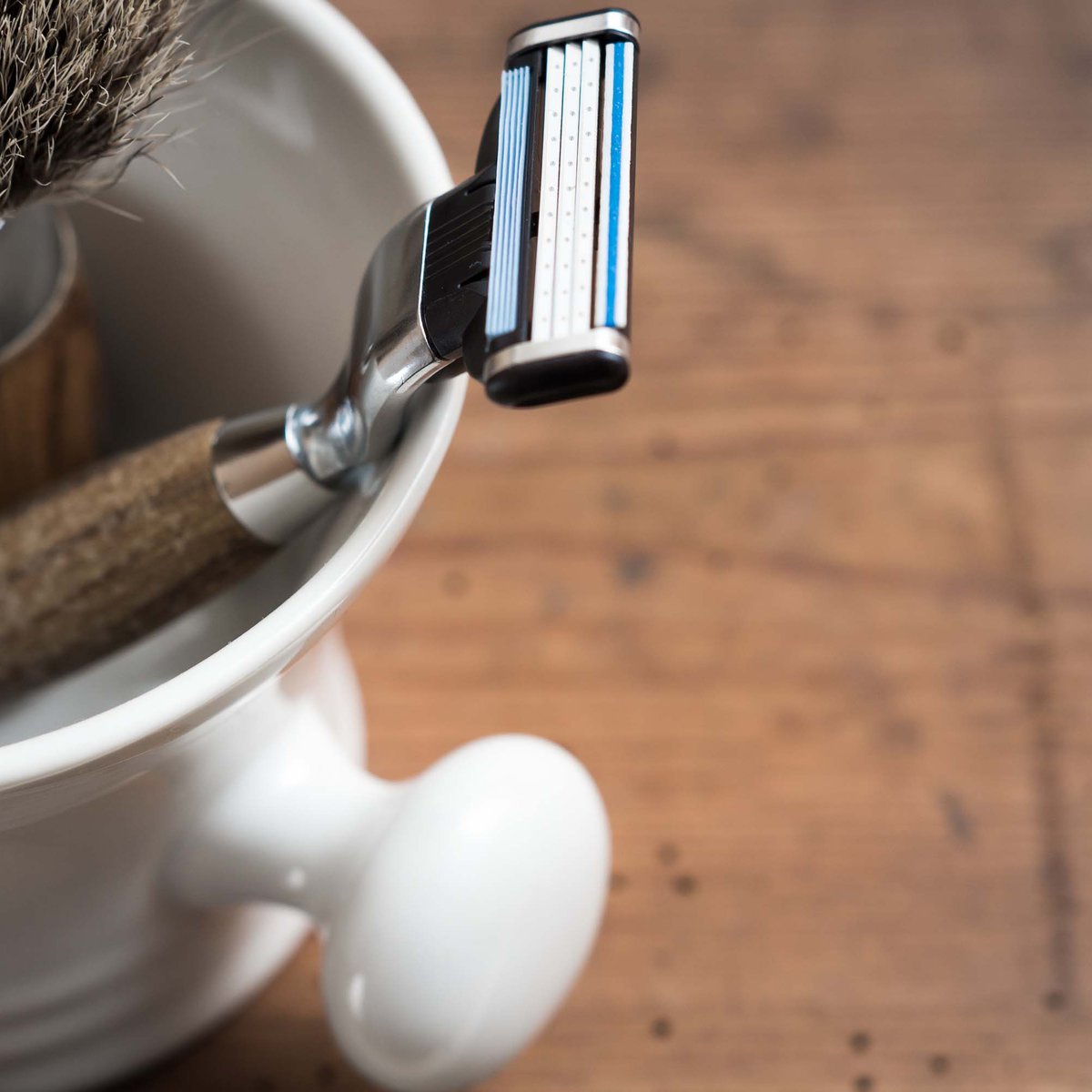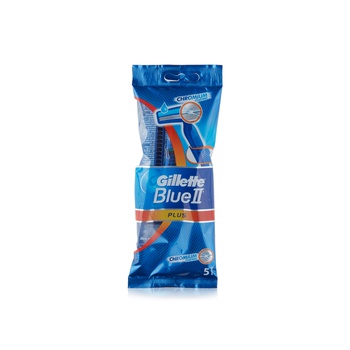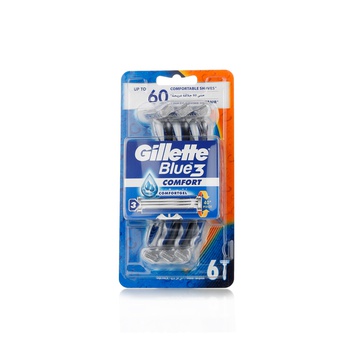For a close shave, do you really need a five-bladed razor with all the bells and whistles, or will a simple disposable do the trick?
Shaving off that itchy, Sunday morning stubble should be an enjoyable experience. However, as each dry hair has the tensile strength of a copper wire, achieving a smooth, close shave in super quick time is far easier said than done. Rash, burn and irritation await the impatient, but your razor blades, their condition and how you use them are critical in achieving a successful shave.
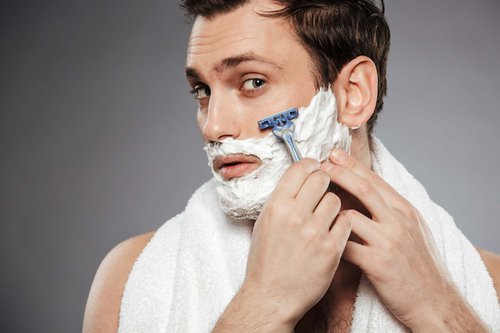
From shark’s teeth to the hysteresis effect
Although shaving implements can be traced to prehistoric times when shark’s teeth, clamshells and flint were the go-to accessories for the caveman-about-town. It wasn’t until 1971 that razors got with the times. It was the Gillette Trac II that revolutionised the traditional safety razor, with its twin blades making the most of the newly discovered hysteresis effect, where a blade pulling out a hair helps a second blade to cut it even closer. Since then, razor heads have incorporated smaller, sharper blades which have enabled designers to cram in as many as seven cutting edges. But is the number of blades relative to a good, honest shave? Well, it depends.
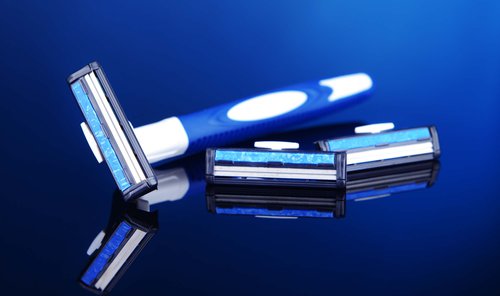
One to three blades
Disposable razors with three blades or less are often seen as budget items, which is true in the value sense, but a fresh, new single blade will still give a better shave than an old, rusty multi-head. Even though it will wear out far quicker as it’s doing all the cutting, a single blade, used in quick, short motions (like how a barber uses a cut-throat razor) can be less irritating to the skin as there’s only one cut being made. It’ll be rough and rugged, but with a fresh blade and quality shaving cream, quite comfortable.
With the twins and triples, you get to take advantage of the hysteresis effect, resulting in a closer, smoother shave. These efficient razors usually have a lubricating strip and are designed to be used for longer periods than singles. However, the secret of a reliable shave is to throw them away before they get too worn. Using a dull blade will cause shaving rash, create nicks and leave your face feeling like sandpaper. It is a false economy to keep hold of a disposable multi-blade razor for an extended period of time.
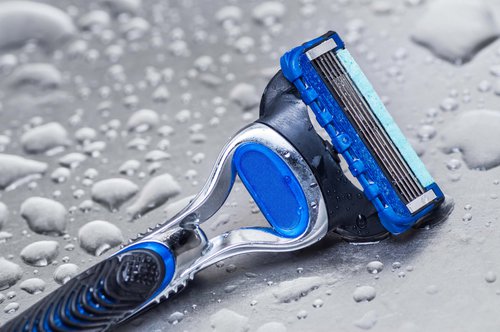
Four to six blades
For the ultimate close shave, more is most definitely merrier with today’s cutting edge razors featuring up to six super-sharp edges. That’s more than enough slicing power to tackle any stubborn stubble.
Virtually all razors in this range come with separate bodies, allowing razor techs to incorporate pivoting heads, vibrating cases and anti-friction blades into their designs, all of which result in an efficient shave that reflects the higher price point of these advanced grooming gadgets.
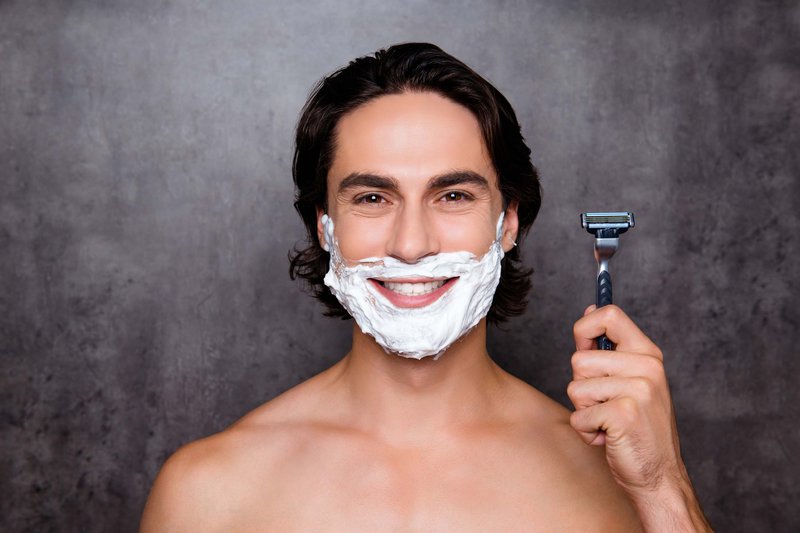
Conclusion
So, for the closest shave, do you need to go for the most cutting edges? It would seem logical, but a brand new disposable single razor will still do a better job than an old multi-blade. Remember to keep an eye on the lubricating strip: when the colour fades from blue to white, it's past its best. Keeping your razor fresh and throwing it away before it starts to nick, drag or tug is the secret of a good shave and if you use this mentality with a four, five or six-bladed head, then you'll achieve shaving nirvana every morning. If in doubt, throw it out.
